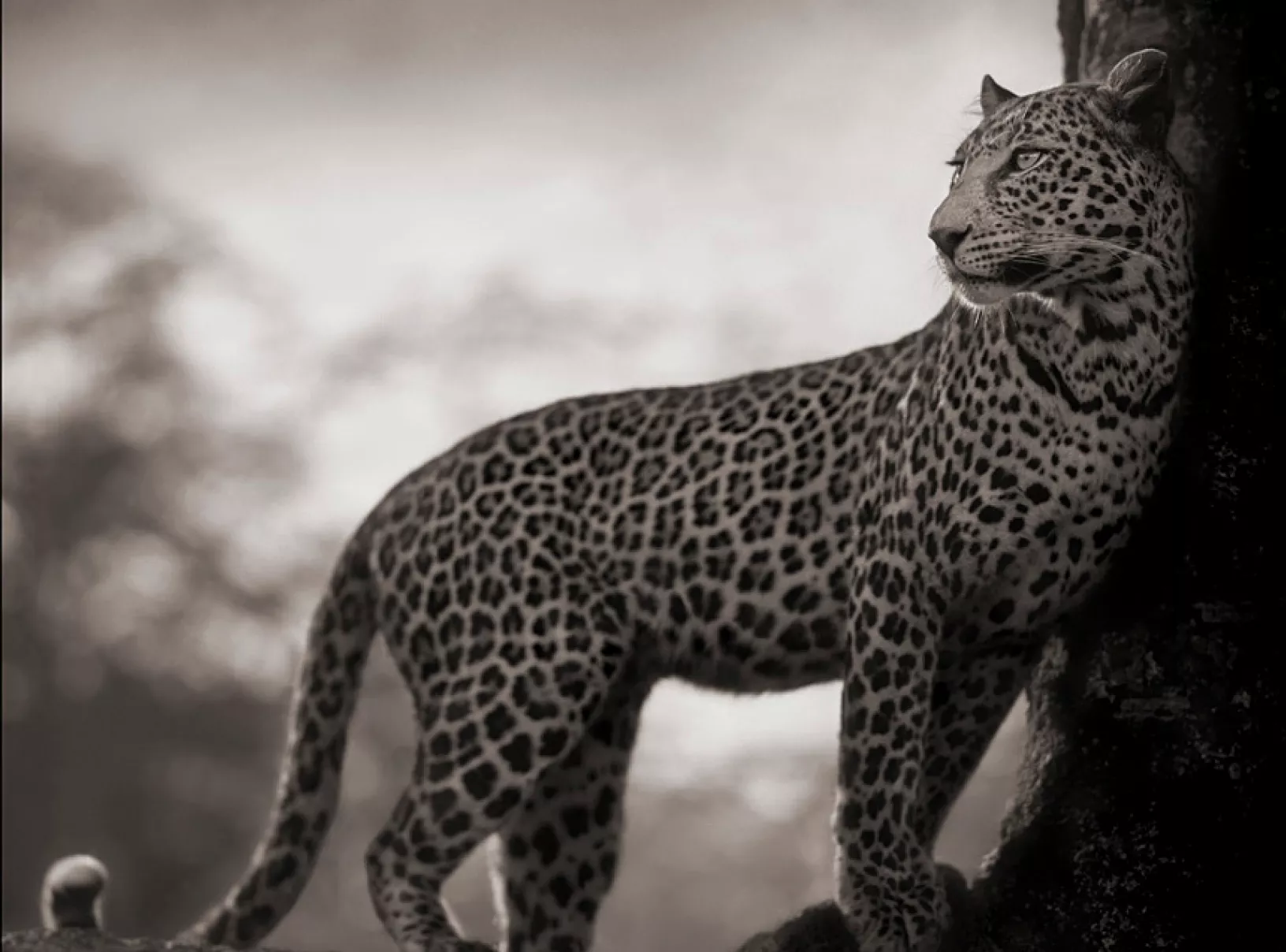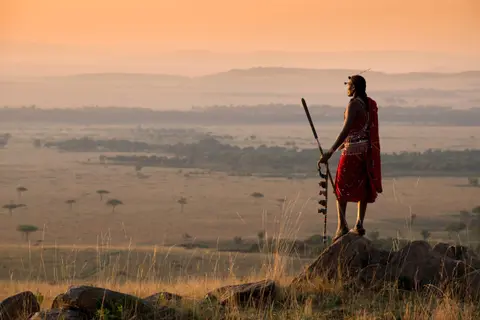South Africa's Cultures
South Africa is a melting pot of cultures, embodying a rich tapestry of traditions, languages, and histories that reflect its complex past and vibrant present. In total, South Africa recognizes 11 official languages, each representing different segments of the population, including the tribes and groups mentioned. This linguistic diversity is a testament to the complex tapestry of cultures that make up the nation, each with its own stories, struggles, and contributions to what is known as the Rainbow Nation.
Among its many ethnic groups, the Zulu and Xhosa stand out for their profound impact on the cultural, political, and social landscape of the country.
The Zulu Culture
The Zulu are the largest ethnic group in South Africa, with a formidable history as warriors and a kingdom that played a significant role in the region’s history. They are known for their strong attachment to their traditions and customs, which include vibrant music and dance, the importance of cattle, and complex social and kinship systems.
The Zulu language, isiZulu, is the most widely spoken home language in South Africa, reflecting the Zulu’s significant influence on the country’s cultural landscape. The Zulu people’s historical encounters, notably with the British and Dutch in the 19th century, have been well documented and have shaped the perception of the Zulu as fierce warriors and proud people.
Where to see the Zulu Culture
From the rural to the urban, the sophisticated to the wild, KwaZulu Natal encompasses all the elements that make South African vacations so unique. The metropolitan heart is located in the thriving port of Durban. Filled with a vibrant mix of cultures, this inviting city and its golden, palm-lined beaches, is one of South Africa’s most popular domestic tourism destinations. The nearby historic capital of Pietermaritzburg unlocks the gateway to the tranquil Natal Midlands region and the majestic Drakensberg Mountains. All along the South Coast, you’ll find seasonal vacation resorts where visitors can explore a wide variety of leisure activities. To the north of the province, lies the Elephant Coast, home to the region’s largest indigenous herd of African elephants, a spectacular African safari experience. KwaZulu-Natal has a lot to offer, including many tours and trips to spectacular sites where significant colonial battles were fought, amazing beaches, spectacular scenery and some of the warmest and most inviting people you’re likely to meet.
The Xhosa Culture
The Xhosa people are the second-largest cultural group in South Africa, after the Zulu. They primarily reside in the Eastern Cape Province and are known for their rich oral history, vibrant traditional attire, and the practice of Ulwaluko (traditional circumcision and initiation into manhood), which marks the transition from childhood to adulthood for Xhosa boys. Nelson Mandela, South Africa’s first black president and a Nobel Peace Prize laureate, was Xhosa, hailing from the small village of Mvezo in the Eastern Cape. His Xhosa heritage played a significant role in his life and political career, embodying the struggle, resilience, and dignity of his people.
Where to see the Xhosa Culture
A perfect add-on to a Garden Route Holiday, are the towns of Port Elizabeth, East London and Grahamstown. From visual art studios to galleries, theatre, dance, and world-class stage productions the Eastern Cape hosts a variety of first-rate cultural events and exhibitions including the National Arts Festival appealing to art, music, and literature enthusiasts from all four corners of the country. Visit museums and cultural centers dedicated to Xhosa history and heritage such as The Nelson Mandela Museum in Mthatha and the Steve Biko Centre in King William’s Town, which provide valuable insights into the Xhosa culture and its historical significance. Combine a visit to East London and Port Elizabeth, with a malaria-free safari in the region.





























